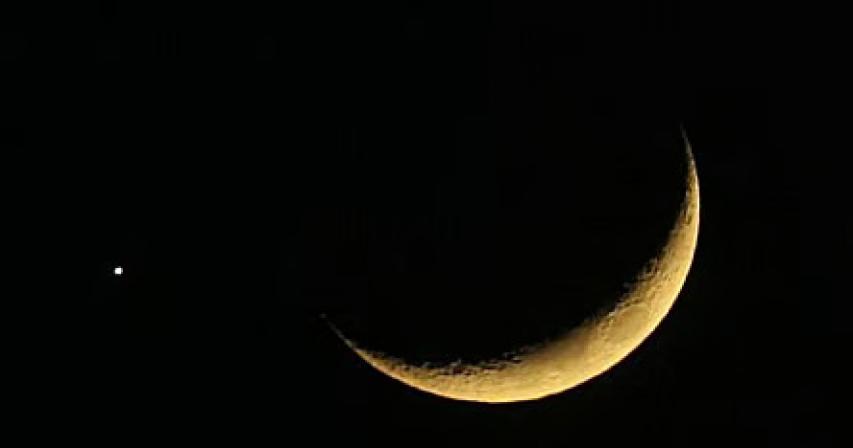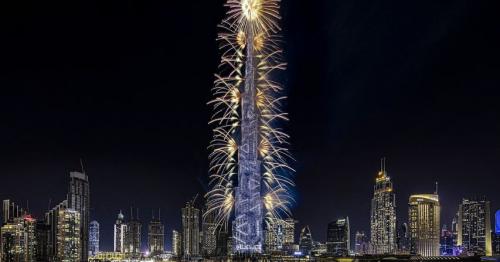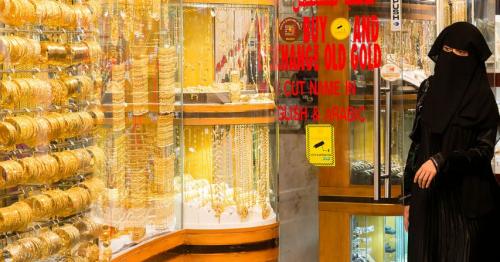Eid Al Adha 2025: How UAE moon sighting works, what it means

On Tuesday night, millions of Muslims around the world will be looking for the crescent moon signifying the start of the month of Dhul Hijjah.
Islam follows a lunar calendar with twelve months, where each new month begins with the sighting of the crescent moon. In UAE, for example, the moon sighting committee meets on Tuesday post sunset to search for the crescent moon.
The Fatwa Council has further encouraged residents of UAE to actively look for the crescent moon, sighting can be reported via telephone 027774647 or filling out an online form to The Crescent Sighting Committee.
Dhul Hijjah is the month in which Muslims across the world go for the Islamic pilgrimage Hajj, which is in Makkah city, Saudi Arabia. Every able bodied believer must make the pilgrimage at least once in their lifetime. Hajj starts on the eighth of Dhul Hijjah, continuing until the thirteenth. The day of Arafah, which is the ninth, is observed as the most sacred day in the Islamic calendar. Many pilgrims pray and stand on Mount Arafah for hours and others around the globe fast from dawn till dusk alongside performing various charitable acts.
Welcome to everything about moon sighting and its history.
History
The endeavor of sighting the moon is very much a practice that came down from the Sunnah of the Prophet Mohammed (PBUH). In a Hadith, he is quoted for saying “Do not fast unless you see the (crescent) moon, do not break your fast until you see the (crescent) moon.”
The majority of scholars today hold the view that moon sighting is a collective obligation. Such is the case because today many experts are capable of estimating the date the moon will be sighted due to advanced technological devices known as computers.Availability of the computed devices has given rise to a relatively new thought that it is no longer necessary to physically see the moon. Nevertheless, most scholars concur that only vision of the moon guarantees commencement of the new month.
How it works
Here in the UAE, the moon sighting committee assembles immediately after the Maghrib prayers, which is at sunset, in order to sight the crescent moon. For that purpose they have at their disposal sophisticated instruments like powerful telescopes to view the sky.
In the earlier weeks of this year, the International Astronomical Center, with funding from the UAE Fatwa Council, attempted to observe the crescent moon heralding Ramadan’s beginning using over 100 drones for the very first time. One drone was allocated to capturing an image of the crescent while the others focused on surrounding the area where the moon was hypothesized to be located.
Traditionally, moon sighting is the collective effort of different Shariah and scientific committees, computer resources, observation hubs, personal accounts, automated drones, and in recent years, added to by the International Astronomical Center, sponsored by the UAE Fatwa council.
Observations take place from different regions around the country.
What to expect
If the crescent moon becomes visible on a Tuesday during the second overhaul of the lunar enye calendar, the craving country will anticipate the month of Dhul Hijjah for the 15th time on the 28th of May. They expect Eid Al Adha to land on a Friday, falling on June 6. If not spotted, the month will be expected to begin on the Thursday with Eid 3 days later, on the 7th of June.
All UAE residents are expected to be on a long moon-gazing holiday, as Arafat Day is observed as a Public Holiday, followed by a three-day break for Eid Al Adha Festival (Dhul Hijjah 10-12).
This explains Arafat Day’s unique Public Holiday standing in UAE.






Comments